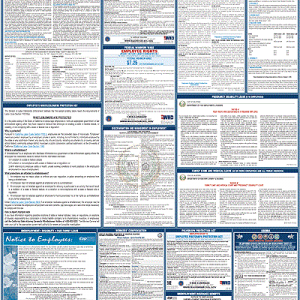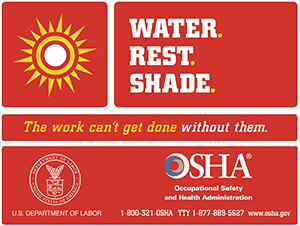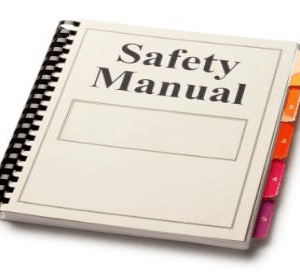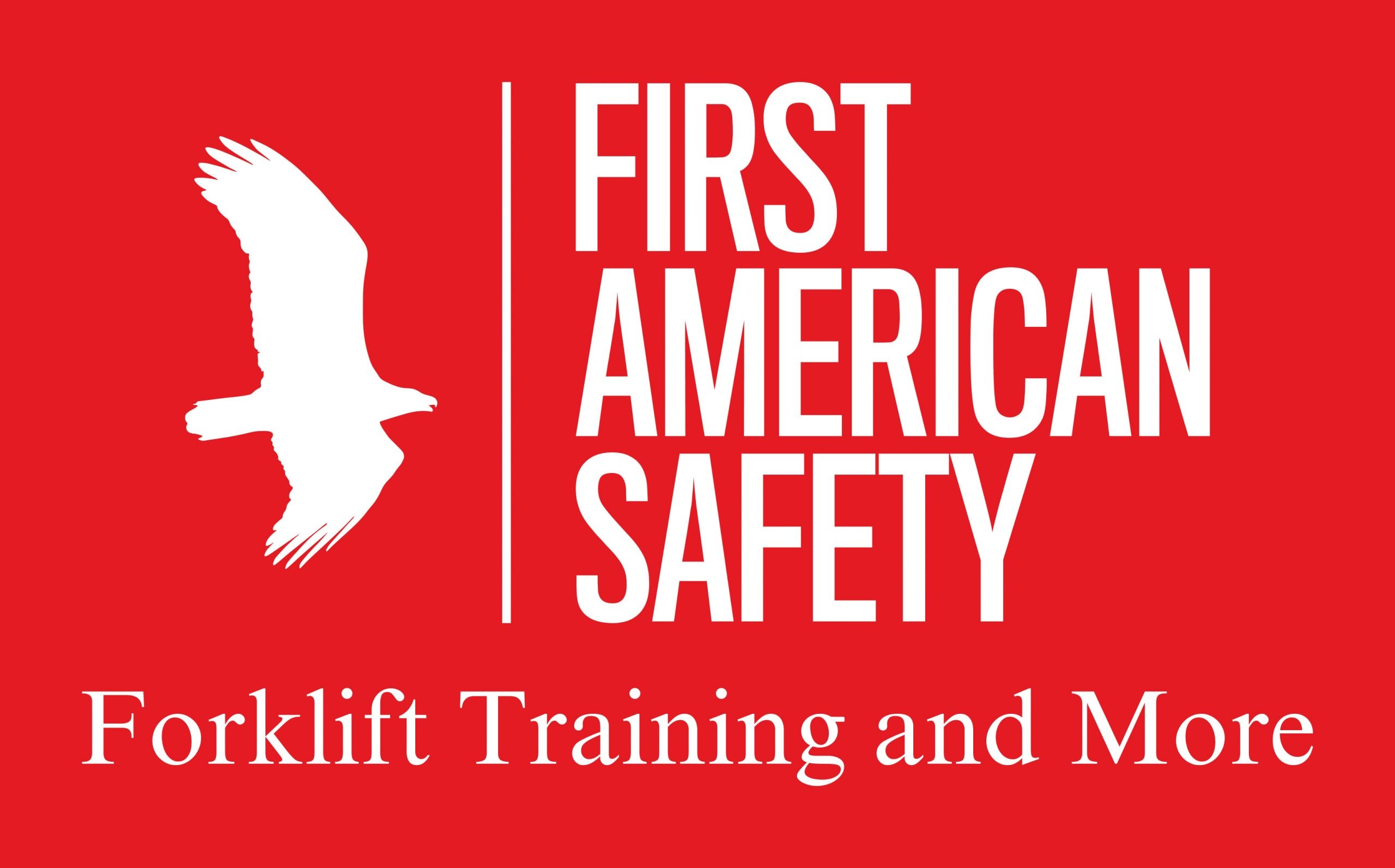Need some free safety meeting topics?
How to Prevent Concrete Burns in Construction
How to Prevent Concrete Burns Free Tailgate Safety Meeting Topic
-
Product on sale
 2024 Labor Law Poster (English)Original price was: $29.99.$26.99Current price is: $26.99.
2024 Labor Law Poster (English)Original price was: $29.99.$26.99Current price is: $26.99. -
Product on sale
 Heat Illness Prevention PlanOriginal price was: $39.99.$29.99Current price is: $29.99.
Heat Illness Prevention PlanOriginal price was: $39.99.$29.99Current price is: $29.99. -
Product on sale
 Injury/Illness Prevention Program (IIPP)Original price was: $49.99.$39.99Current price is: $39.99.
Injury/Illness Prevention Program (IIPP)Original price was: $49.99.$39.99Current price is: $39.99.
All masons must know how to prevent concrete burns. Concrete burns are a serious hazard in construction and industrial settings, often overlooked in safety discussions. In this tailgate safety meeting, we’ll delve into the causes of concrete burns, preventive measures, and proper treatment protocols to ensure everyone’s safety on the job site.
Understanding Concrete Burns:
Concrete contains alkaline compounds such as calcium hydroxide, which can cause chemical burns upon contact with skin. These burns occur when wet concrete comes into contact with unprotected skin, leading to irritation, redness, and potentially severe burns if left untreated.
How to Avoid Concrete Burns:
- Personal Protective Equipment (PPE): Wear appropriate PPE, including long-sleeved shirts, pants, waterproof gloves, and boots, to minimize skin exposure to wet concrete.
- Barrier Creams: Apply a specialized barrier cream or lotion to exposed skin areas before working with concrete. These creams act as a protective layer, reducing the risk of chemical burns.
- Prompt Cleanup: Immediately wash off any concrete splashes or spills on the skin with clean water and mild soap. Prompt action can prevent the alkaline compounds from penetrating the skin and causing burns.
- Awareness and Training: Educate workers about the risks of concrete burns and the importance of following safety protocols. Ensure that all employees are trained in proper handling techniques and emergency procedures.
Treatment:
- First Aid: In case of concrete contact with the skin, rinse the affected area with plenty of water for at least 15 minutes to remove the concrete residue and neutralize the alkaline compounds. Applying vinegar or other alkali-neutralizing agents to the contact area can help stop the chemical reaction that causes concrete burns.
- Medical Attention: Seek medical attention for any concrete burns, even if they appear minor. A healthcare professional can assess the severity of the injury and provide appropriate treatment, which may include topical ointments or dressings.
- Avoiding Further Exposure: After initial treatment, avoid further contact with wet concrete to prevent exacerbating the burn and potential complications.
By implementing these preventive measures and ensuring prompt treatment in case of exposure, we can significantly reduce the risk of concrete burns on our job sites. Remember, safety is everyone’s responsibility.
Conclusion:
Knowing how to prevent concrete burns is essential for maintaining a safe working environment. By following proper safety protocols, including wearing PPE, using barrier creams, and promptly treating any exposure, we can minimize the risk of accidents and injuries. Stay vigilant and prioritize safety to ensure a productive and injury-free workday.
Learn more about concrete hazards from OSHA’s resources for concrete workers.
